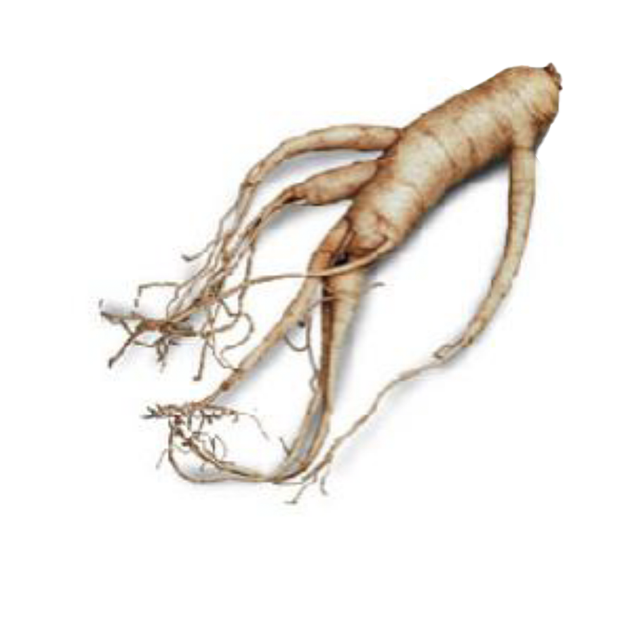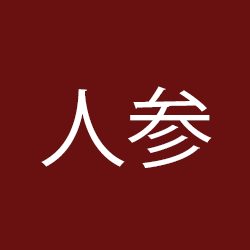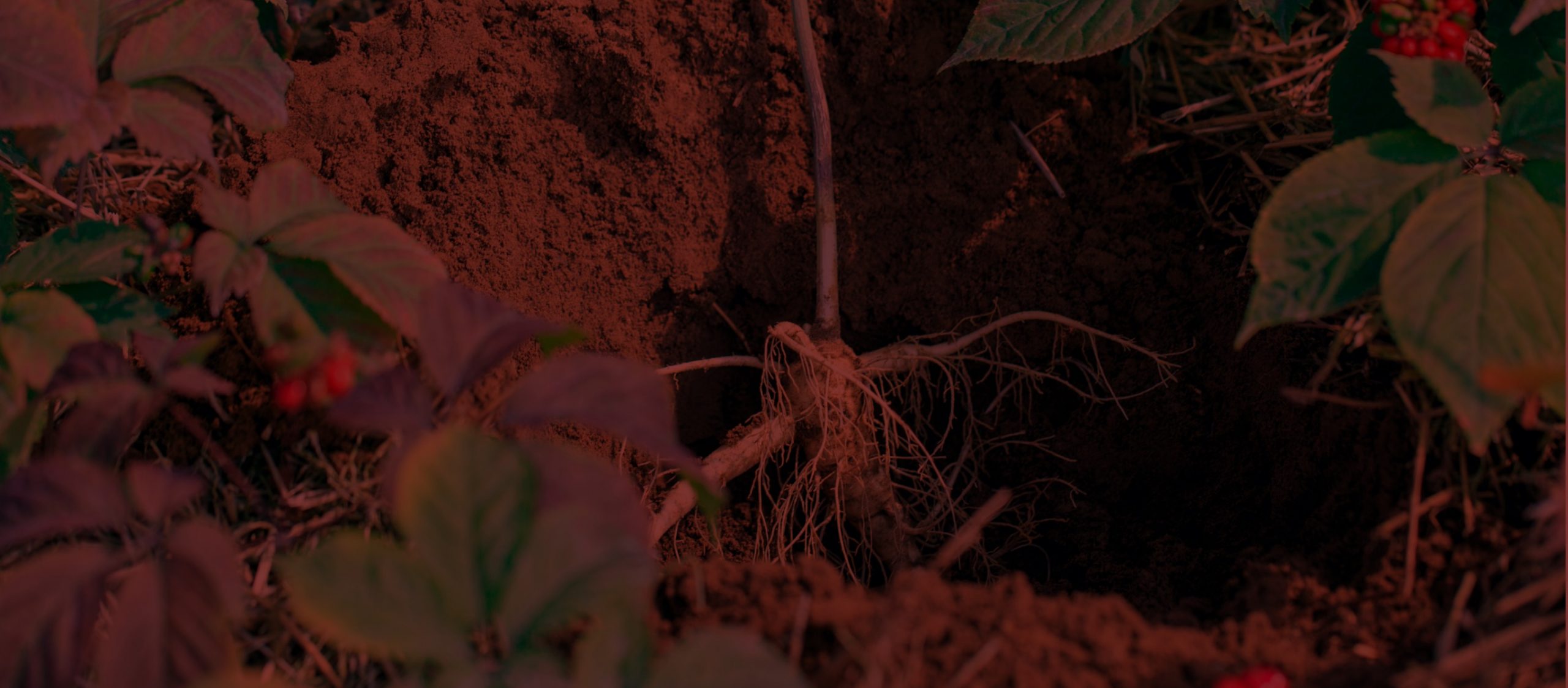
About Ontario Ginseng

The ginseng industry in Canada is not only the largest field-grown horticultural export crop, but it is deeply “rooted” in Canadian heritage and history.
Panax Quinquefolious Ginseng (aka North American Ginseng or NAG) is native to Canada and is one of our oldest trades. Ginseng was found growing in the early 1700s near Montreal by a Jesuit Priest and has been used as a valued trade for 300 years.
European settlers shipped so much wild Canadian-grown North American ginseng to Asia that by the end of the 19th century, it was almost extinct in Ontario. Ginseng is considered an Endangered Species and is therefore regulated under the Species At Risk Act. From 1880 to 1960 the ginseng trade experienced many ups and downs for reasons as diverse as blight and world wars but since the 1960s the trade in NAG has been growing steadily. Ginseng at one time was field-grown in British Columbia and attempts were made in Prince Edward Island. However, today the bulk of the world’s North American ginseng comes from Ontario’s fertile soil, grown by independent farmers in former tobacco fields, under thick black shades that mimic a forest’s canopy.

For centuries, ginseng has been used to support health and vitality. Ginseng has been a part of Traditional Chinese Medicine for over 2,000 years. It is highly sought after for its medicinal properties widely accepted by both the First Nations and the Chinese culture where ginseng has long been revered as the miracle “man-root”, which looks like a man and is believed to be good for every part of one. In China, it is always written with the same two characters, man – root (Johannsen, 2006). Interestingly, the Iroquois called American ginseng Garent-oguen (which translates to resembles man).

Ginseng Farm Tour
Thanks to Farm & Food Care Ontario, you can now virtually tour the Mels’ ginseng farm, where you will learn all about this specialty crop! Walk down the rows of ginseng plants under the shade, see what happens during harvest, watch it get processed and learn about the challenges of growing such a unique crop.

Why Canadian ginseng is Best!
North American and Asian Ginseng differ in their chemical composition and each appears to have distinct biological effects. From a traditional medicine point of view, these two types of ginseng are thought to be complementary. For example, the Chinese perceive North American Ginseng to be more yin – meaning it is used to reduce ‘heat’ in the body. In comparison, Asian Ginseng is thought to be more yang – meaning it is used to raise ‘heat’ in the body. Heat, in the context of traditional Chinese medicine, does not have the same connotation as it does in North America.
Discover all of the health benefits of Canadian ginseng
In Canada, the ginseng industry achieved its large-scale, commercial beginning through the efforts of the Hellyer family, near Waterford, Ontario in the 1890s. Two brothers, Clarence and Albert, began to grow North American ginseng in Ontario, with seeds cultivated from wild ginseng. Our growers are still producing ginseng in southwestern Ontario with this genetic heritage.

